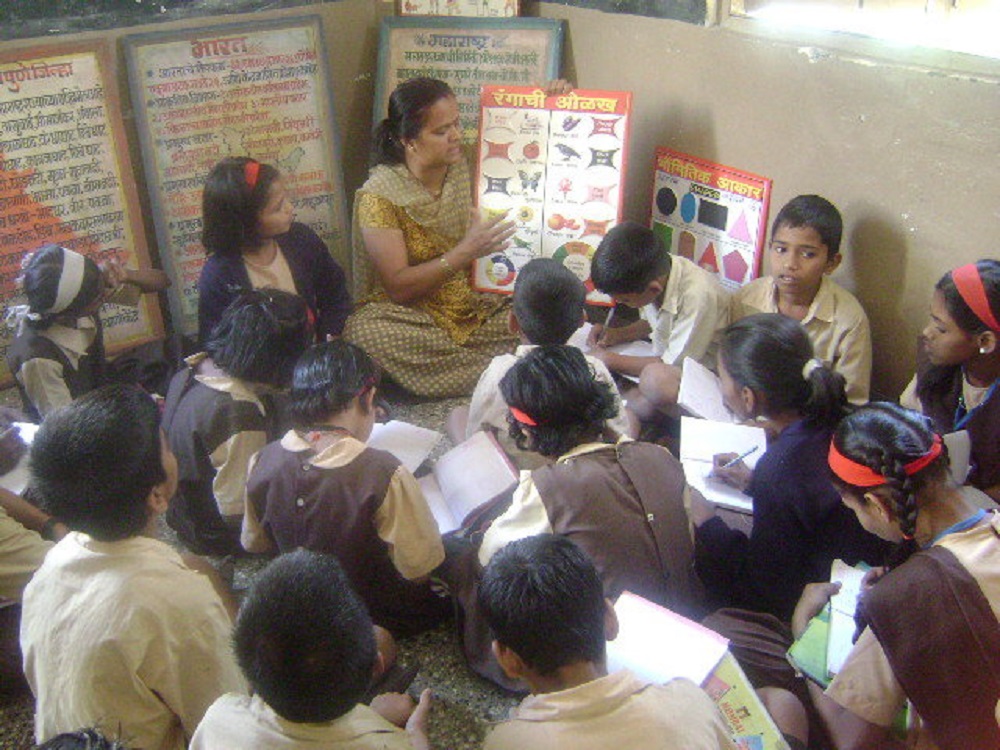Education is a fundamental right, yet millions of underprivileged children around the world face barriers that hinder their access to quality learning opportunities. Beyond the conventional classroom setting, holistic approaches to education have emerged as powerful tools to empower and uplift these vulnerable young minds.
By addressing not only academic needs but also catering to their social, emotional, and physical well-being, holistic education has the potential to create positive, long-lasting impacts on the lives of underprivileged children.
At its core, holistic education recognizes that learning extends beyond the textbooks. For underprivileged children, whose lives are often fraught with adversity and limited resources, this approach offers a lifeline. Holistic education aims to develop the whole child, nurturing their cognitive, emotional, and physical development.
By providing access to extracurricular activities, arts, sports, and vocational training, these children can explore their talents and passions, fostering creativity and self-confidence.
One of the key aspects of holistic education is addressing the social and emotional needs of underprivileged children. Many of them come from challenging backgrounds, facing poverty, violence, or unstable living conditions. Schools that adopt a holistic approach integrate counseling services, emotional support, and mentorship programs, allowing children to express themselves, cope with their challenges, and build resilience.
By creating a safe and nurturing environment, these children can focus on their studies and maximize their potential.
Moreover, holistic education embraces community involvement. It recognizes that children are deeply influenced by their surroundings and cultural heritage. By engaging with the local community and incorporating their knowledge and practices into the curriculum, students can gain a stronger sense of identity and belonging.
This blog of Fikrah depicts a sense of connection, fosters a positive attitude towards learning, motivating underprivileged children to strive for success.
Healthcare is another critical aspect of holistic education. By providing access to regular health check-ups, nutritious meals, and health education, schools can ensure that underprivileged children are physically fit and ready to learn. Healthy bodies contribute to healthy minds, enabling students to concentrate better on their studies and participate actively in classroom activities.
Click here to know more about “What is Holistic Education?”
Conclusion
Holistic approaches to education offer a transformative pathway for underprivileged children to break free from the cycle of poverty and deprivation. By recognizing and addressing their diverse needs, including social, emotional, physical, and academic, these approaches empower children with the skills, knowledge, and self-belief necessary to thrive.
By investing in holistic education, we can pave the way for a brighter, more inclusive future, where every child, regardless of their background, can unlock their full potential and contribute positively to society. It is only through such collective efforts that we can truly ensure no child is left behind in the pursuit of quality education.

